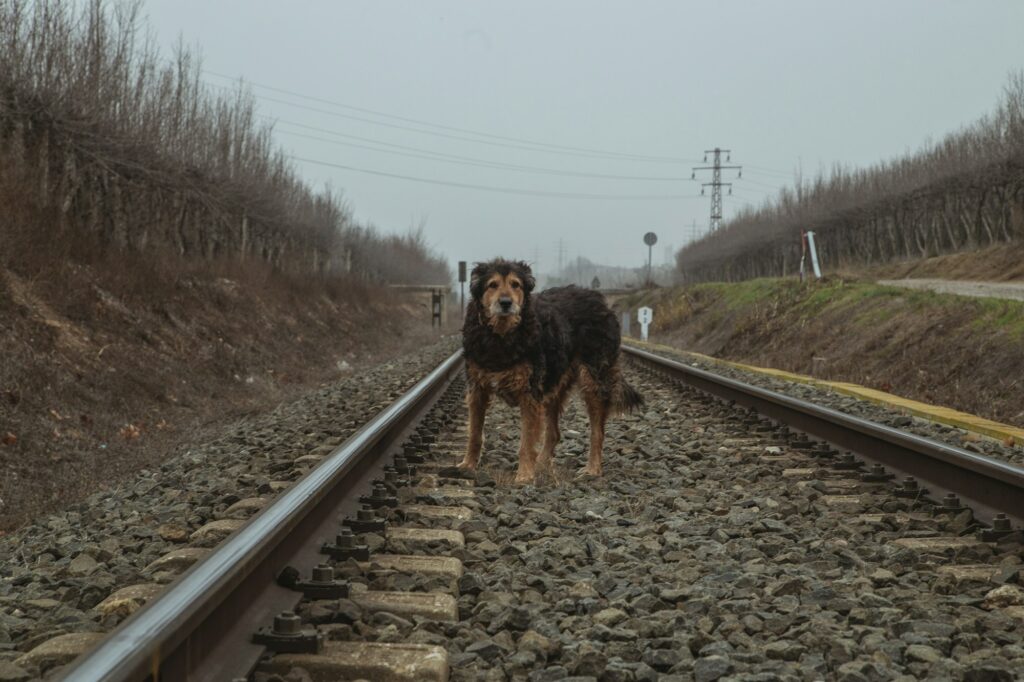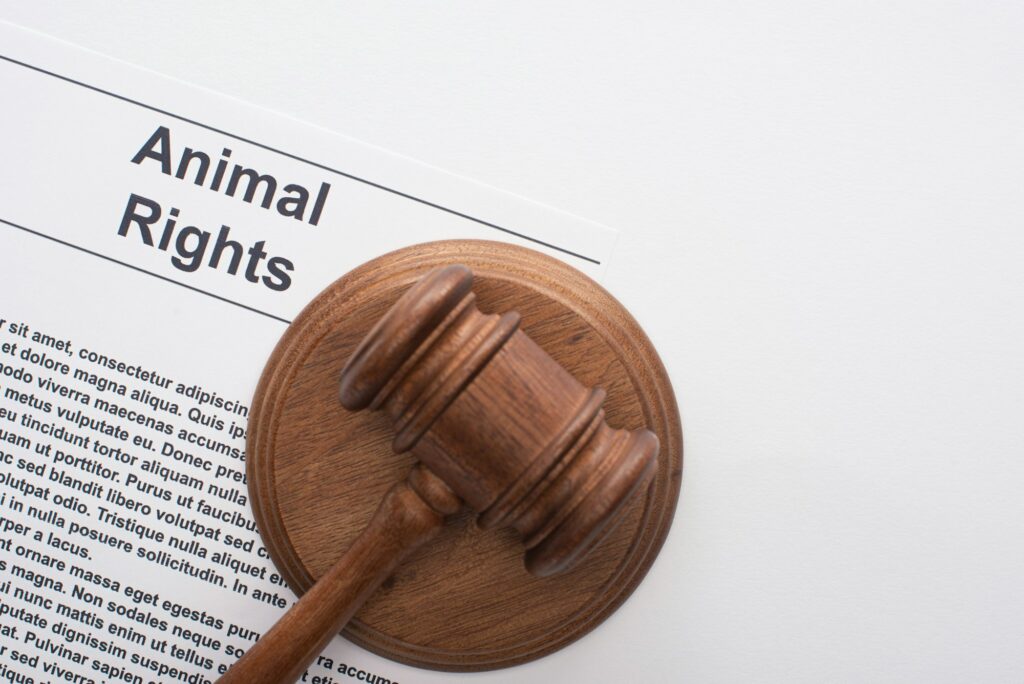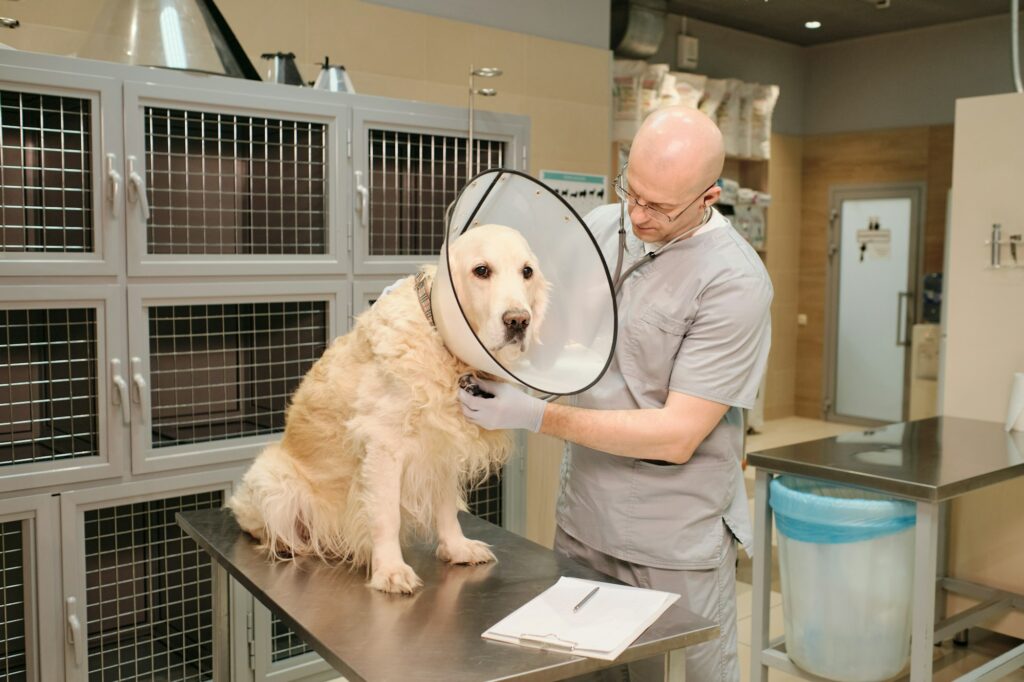Abandoning a dog is a significant concern that brings up inquiries regarding animal welfare and legal obligations. It is essential to delve into whether abandoning a dog is illegal, the laws and regulations associated with this action, the potential consequences involved, and emphasizing the importance of responsible pet ownership.
Abandoning a Dog vs. Surrendering a Dog
Abandoning a dog and surrendering a dog may seem similar, but there are distinct differences between the two actions. Abandoning a dog refers to the act of intentionally leaving or deserting a dog without providing proper care or finding a suitable alternative. It is an irresponsible and neglectful act that puts the dog’s well-being at risk.
On the other hand, surrendering a dog involves willingly giving up ownership of the dog to a responsible organization or shelter. This decision is often made when the owner is no longer able to care for the dog due to various reasons, such as financial constraints, health issues, or life changes. Surrendering a dog is done with the intention of ensuring the dog’s safety and finding a new, loving home where it can receive proper care and attention.

While surrendering a dog can be a difficult decision, it is a responsible choice that prioritizes the dog’s welfare. It allows the dog to have a chance at finding a new home where it will be cared for and loved. Abandoning a dog, on the other hand, is not only morally wrong but can also have legal consequences due to animal cruelty and neglect laws.
It is crucial for individuals to understand the difference between abandoning a dog and surrendering a dog, as responsible pet ownership involves making informed and compassionate decisions for the well-being of our furry companions.
What to do When You See an Abandoned Dog
If you come across a dog walking alone in the street without anyone nearby, it could potentially be an abandoned dog. However, it’s also possible that the dog may have gotten lost or escaped, and its owner might be searching for it. In this situation, the dog may be in need of food or water, and it could be feeling cold or hot. There is also a risk of the dog getting hit by a vehicle or causing a traffic accident. If you encounter such a situation, what steps can you take to assist the dog?
Approach the Dog
When coming across a dog that you suspect may have been abandoned, it’s crucial to approach the situation with care and prioritize the safety of both yourself and the dog. Take a slow and deliberate approach, maintaining a calm and soothing demeanor. Use a gentle and reassuring tone of voice to help alleviate any fear or anxiety the dog may be experiencing. It’s important to avoid making sudden movements or loud noises that could startle the dog, as abandoned dogs can be wary of human interaction.
Respecting the dog’s boundaries is essential when dealing with a potentially abandoned dog. Give them space and allow them to approach you on their own terms. Avoid forcing any interaction or physical contact, as this could further distress the dog. Instead, offer an open hand for the dog to sniff and investigate, allowing them to establish trust at their own pace. Patience is key because the dog may have had negative experiences in the past, leading to their current situation. Building trust takes time, so it’s important to be patient and understanding. Avoid rushing the process and give the dog the opportunity to feel comfortable and secure in your presence. Remember, the well-being and safety of the dog should always be the top priority.
See if They Have a Tag or are Microchipped
The next step in determining whether this is a case of someone abandoning a dog is to see if they have a tag or are microchipped. Checking for a tag on the dog’s collar is a straightforward way to identify if the dog has an owner and contact information. If there is a tag, it’s important to reach out to the owner and inform them of the situation. Additionally, scanning the dog for a microchip can provide valuable information about the owner and help reunite the dog with its rightful caregiver. This step is crucial in understanding the circumstances surrounding the dog’s presence and taking appropriate action to ensure its well-being.
Determine if Someone is Guilty of Abandoning a Dog or if the Dog is Lost
After searching for a tag or scanning a chip, it is crucial to assess the condition of the dog to determine whether someone is guilty of abandoning a dog or if the dog is lost. Look for signs of neglect, such as malnutrition, dehydration, or injuries. If the dog appears to be in poor health or shows signs of mistreatment, it may indicate that someone intentionally abandoned the dog. On the other hand, if the dog seems well-fed, groomed, and in good overall condition, it is more likely that the dog is lost and in need of assistance. By carefully evaluating the dog’s physical condition, you can gather important evidence to help determine the appropriate course of action and ensure the well-being of the dog.
Consequences of Abandoning a Dog
In Virginia, abandoning a dog is considered a Class 1 misdemeanor, which is the most severe misdemeanor charge. This offense carries the possibility of longer jail time and larger fines. Additionally, individuals found guilty of neglecting, abandoning, or cruelly treating their pets may be prohibited from owning any other animals in the future.

It is important to note that in Virginia, selling or trading any pet is against the law for those who have been convicted of animal cruelty, including abandonment, unless a court has ordered otherwise. These consequences serve as a deterrent and emphasize the seriousness of abandoning a dog, highlighting the importance of responsible pet ownership and treating animals with care and compassion.
Being a Responsible Pet Owner
To prevent cases of dog abandonment and ensure the well-being of our furry companions, it is crucial for individuals to embrace the principles of responsible pet ownership. Being a responsible pet owner means providing proper care, love, and attention to our pets throughout their lives. This includes meeting their basic needs, such as food, water, shelter, and veterinary care, as well as providing them with a safe and nurturing environment. Furthermore, responsible pet ownership entails dedicating time and effort to train, socialize, and exercise our pets, ensuring their physical and mental well-being. Here are some important things to do in order to be a responsible pet owner.
Understand That Bringing a Dog Into Your Home is a Huge Responsibility
Understanding that bringing a dog into your home is a huge responsibility is crucial for anyone considering pet ownership. Owning a dog entails a long-term commitment to their well-being and happiness. Dogs require daily care, attention, and love. They rely on their owners for food, shelter, exercise, and medical care. Additionally, dogs need socialization, training, and mental stimulation to thrive. It’s important to be prepared for the time, effort, and financial resources required to provide a safe and nurturing environment for a dog. Responsible pet ownership starts with recognizing the magnitude of this responsibility and being fully committed to meeting the needs of a furry companion for their entire life.
Provide a Nutritious and Well Balanced Diet
Feeding your dog a nutritious and well-balanced diet is crucial for their overall health and well-being. Consult with a veterinarian to determine the specific dietary needs of your dog based on their age, breed, size, and any specific health considerations. Choose high-quality dog food that is appropriate for their age and size, and avoid feeding them table scraps or foods that are toxic to dogs. Remember to provide fresh water at all times and monitor their weight to ensure they maintain a healthy body condition.
Make Sure Your Dog is Well Trained
Training is an essential aspect of responsible pet ownership. Invest time and effort into training your dog to ensure they understand basic commands and appropriate behavior. This will not only make your dog more obedient and well-behaved but also strengthen the bond between you and your furry companion. Consider enrolling in obedience classes or working with a professional dog trainer to enhance your dog’s training and socialization skills.
Clean Up After Your Pet
Cleaning up after your dog is not only a responsible behavior but also a legal requirement in many areas. Always carry waste bags when walking your dog and promptly clean up any mess they leave behind. Dispose of the waste properly in designated bins to keep the environment clean and prevent the spread of diseases.
Neuter Your Pup
Spaying or neutering your dog is an important step in responsible pet ownership. It helps control the pet population and can have numerous health benefits for your dog, including reducing the risk of certain cancers and behavioral issues. Consult with your veterinarian to determine the appropriate time to spay or neuter your dog.
Have Them Groomed Regularly
Regular grooming is essential for your dog’s hygiene and overall health. Depending on the breed, your dog may require regular brushing, bathing, nail trimming, and ear cleaning. Additionally, grooming sessions provide an opportunity to check for any skin issues, fleas, ticks, or other health concerns. Establish a grooming routine and seek professional grooming services when necessary.
Protect Them Against Disease

Keep your dog up to date with vaccinations and regular veterinary check-ups to protect them against preventable diseases. Discuss with your veterinarian the appropriate vaccination schedule and preventive measures for your dog, such as flea and tick control and heartworm prevention. Regular veterinary care is essential for early detection and treatment of any health issues.
By following these responsible pet ownership practices, you can provide your dog with a safe, happy, and fulfilling life while contributing to the well-being of animals in our society.
How WPP Can Help if You Think Someone is Abandoning a Dog
Abandoning a dog is not only morally wrong but also illegal in many jurisdictions. It is essential to understand the difference between abandoning a dog and surrendering a dog to ensure responsible pet ownership. Surrendering a dog to a responsible organization or shelter is a compassionate choice that prioritizes the well-being of the dog.
If you come across an abandoned dog, it is important to take appropriate action to ensure its safety and well-being. Approach the dog with caution and try to determine if it has a tag or is microchipped to contact the owner. Assess the dog’s condition and gather evidence to determine if someone is guilty of abandonment or if the dog is lost and in need of assistance.
Remember, responsible pet ownership is crucial in preventing cases of dog abandonment. Providing proper care, love, and attention to our furry companions is our responsibility. By being a responsible pet owner, we can create a safe and nurturing environment for our pets.
If you suspect that someone is abandoning a dog or if you need guidance on what to do when you find an abandoned dog, you can call our Animal Abuse Hotline at (844) 728-2729. Our team is here to provide support and assistance in ensuring the well-being of animals.
Together, let’s promote responsible pet ownership and work towards a society where every pet receives the love and care they deserve.
